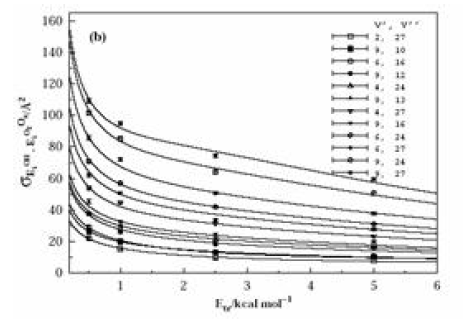Quasi-classic dynamics of reactive and non-reactive collisions in the system OH(v′, j′=1) + O2 (v′′, j′′=1)
Abstract
The reactive and vibrational relaxation processes, occurring in collisions of vibrational excited O2 and OH, are investigated using the quasi-classical trajectory method and the realistic double many-body expansion (DMBE-I) potential energy surface for ground-state HO3 . Calculations have covered a wide range of combinations of vibrational excited states of involved molecules to warrant the definition of models with correct analytical descriptions of the specific thermal rate coefficients for all interesting processes. It is also shown that the vibrational relaxation of colliding molecules is less important than the reactive processes leading to formation of “odd-oxygen” (and hence ozone).

This work is licensed under the Creative Commons Attribution-NonCommercial 4.0 International (CC BY-NC 4.0) license.








